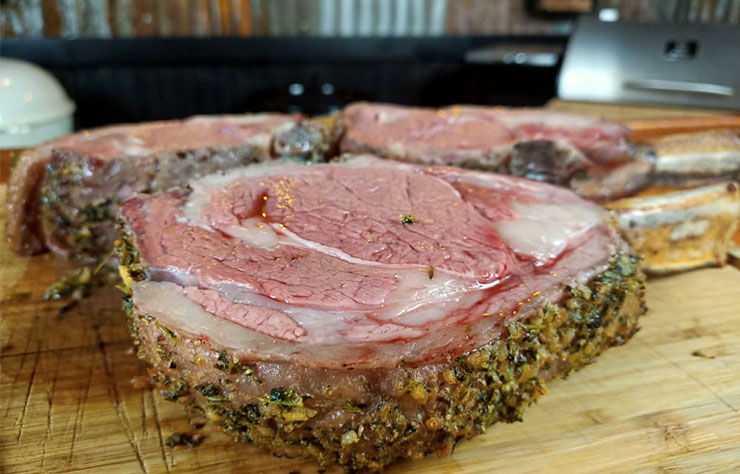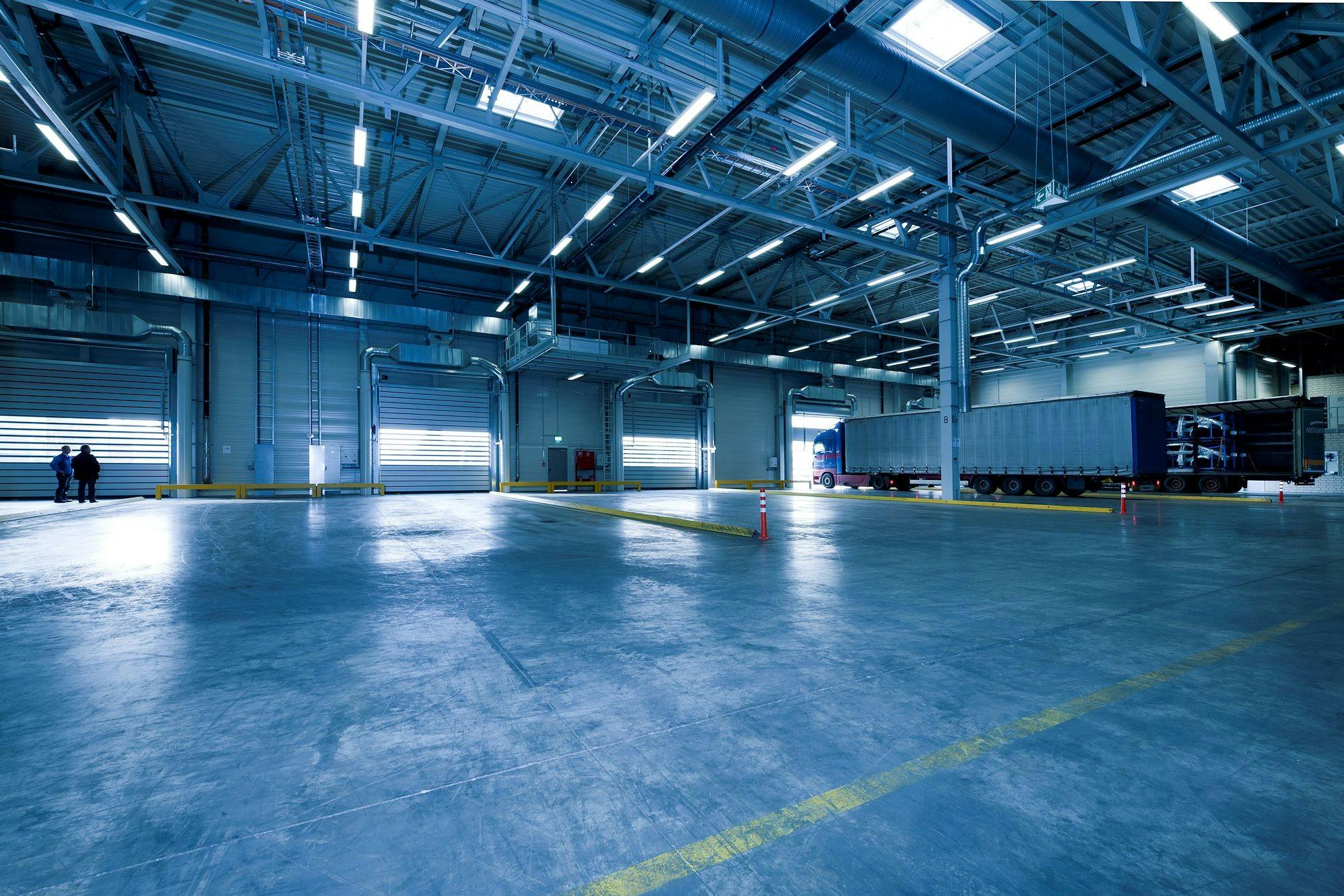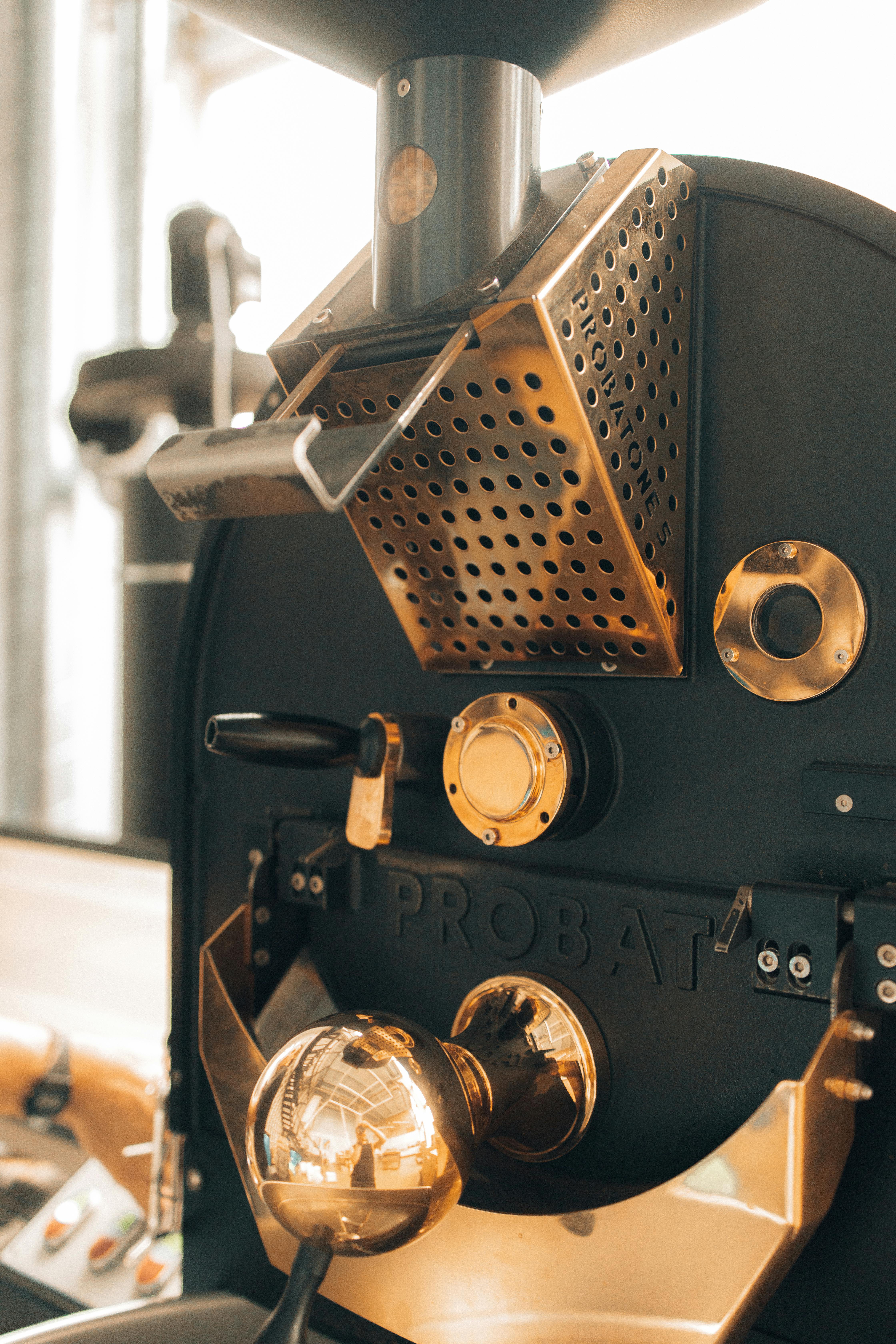Smart Ways to Succeed with Baking Lasagna at 375°F in 2025

Apply Now


Smart Ways to Succeed with Baking Lasagna at 375°F in 2025
Lasagna is a beloved dish that combines layers of pasta, meat, cheese, and sauce to create a mouthwatering meal. The key to perfecting this classic Italian comfort food lies in understanding how to bake lasagna effectively at the right temperature, particularly at 375°F. In this article, we will explore essential tips for baking lasagna, delve into variations such as meat and vegetarian options, and discuss the recommended cook times and techniques to ensure your baked lasagna turns out delicious every time. Whether you are preparing homemade lasagna from scratch or using a quick lasagna recipe, mastering the timing and temperature is crucial. The goal is to create layers that are bursting with flavor, while achieving the ideal texture—soft but firm enough to hold together when served. Join us as we guide you through the essentials of baking this hearty dish at 375°F, along with insights on ingredient selection and serving suggestions that will elevate your family dinners.Essential Guide to Baking Lasagna at 375°F
Understanding Lasagna Layers
When baking lasagna, the layering of ingredients is vital. Each layer contributes to the overall flavor and texture of the dish. To start, consider using high-quality lasagna noodles, whether you choose traditional or no-boil varieties. For a classic lasagna, alternate layers of meat sauce and cheese, ensuring even distribution. Homemade sauce can include robust flavors from tomatoes, garlic, and herbs, while ricotta and mozzarella provide creaminess. Make sure to add vegetables if you’re opting for a vegetarian lasagna, which enhances nutrition and flavor. Remember, the thickness of each layer also influences cooking time—thinner layers generally yield faster cooking.Lasagna Baking Time and Temperature
So, how long to bake lasagna at 375°F? The general rule is to bake uncovered for 25-30 minutes if using fresh ingredients and 45-50 minutes for frozen lasagna. Always check for doneness by inserting a knife in the center—if it goes in easily and cheese is bubbly and golden, it’s ready. Covering the lasagna with foil during the first part of the bake can prevent the top from browning too quickly. Remove the cover for the last 15-20 minutes to achieve that crispy cheese layer. This method allows the flavors to develop beautifully without compromising moisture.Cooking Techniques and Tips
To ensure optimal results when baking, familiarize yourself with various cooking methods. Baking lasagna in a glass dish can provide consistent cooking, while a metal dish may lead to a crisper bottom. Additionally, adjust the oven heat based on your dish size and the ingredients used. When you’re cooking lasagna using frozen lasagna, it’s essential to track the baking time accurately. Always consult your frozen lasagna’s packaging for specific guidelines. You can also use a thermometer to confirm the internal temperature reaches 160°F for safe consumption.Creating Your Perfect Baked Lasagna Recipe
Ingredients and Preparation for Lasagna
Choosing the right ingredients is crucial for a rich lasagna. Start with a good quality pasta, fresh vegetables, and premium cheeses. Combine ricotta with an egg to help bind the mixture, and don’t forget to season it well with salt, pepper, and herbs. When preparing your sauce, consider adding flavor enhancers like red wine or fresh basil. These elements enrich the dish and can set your homemade lasagna apart from store-bought options. Layering is crucial; alternate noodles, meat, cheese, and sauce, ensuring each section is well-distributed.Best Practices for Layering Lasagna
The art of layering lasagna has a significant impact on cooking. Begin with a generous layer of sauce at the bottom of your pan to prevent the noodles from sticking. Follow this with a layer of noodles, then meat sauce, cheese, and repeat the process. Consider adding a final cheese layer on top mixed with breadcrumbs for texture. There are no strict rules, but balance each layer carefully to avoid a soggy texture. Enjoy experimenting with different variations, such as cheese lasagna for a vegetarian twist or hearty meat lasagna packed with flavors.Post-Cooking Tips for your Lasagna
Once you’re done baking, allow your lasagna to rest for at least 15-20 minutes before slicing. This resting period helps the layers set, making it easier to cut and serve. During the cooling process, keep the dish covered to maintain warmth. For reheating leftovers, be sure to cover the baking dish with foil and reheat in a 350°F oven to ensure moisture retention. A splash of water might also help keep it from drying out.Answering Your Common Questions on Baking Lasagna
Should Lasagna Be Covered While Baking?
Many wonder if lasagna should be covered while baking. The answer is generally yes, especially for the initial phase to prevent burning. Once most cooking is complete, we suggest removing the cover to achieve that wonderful, crispy cheese top.How Do You Know When Lasagna is Done?
To check lasagna doneness, look for a bubbly surface and slightly browned cheese. Inserting a knife into the center should yield little resistance. If you see steam escape, it’s a good sign that your lasagna is well-cooked.What Are Good Side Dishes for Lasagna?
When serving lasagna, consider adding freshness to your meal with salads or garlic bread. Classic Caesar salad or a simple mixed greens salad pairs perfectly and balances the rich flavors of lasagna.
